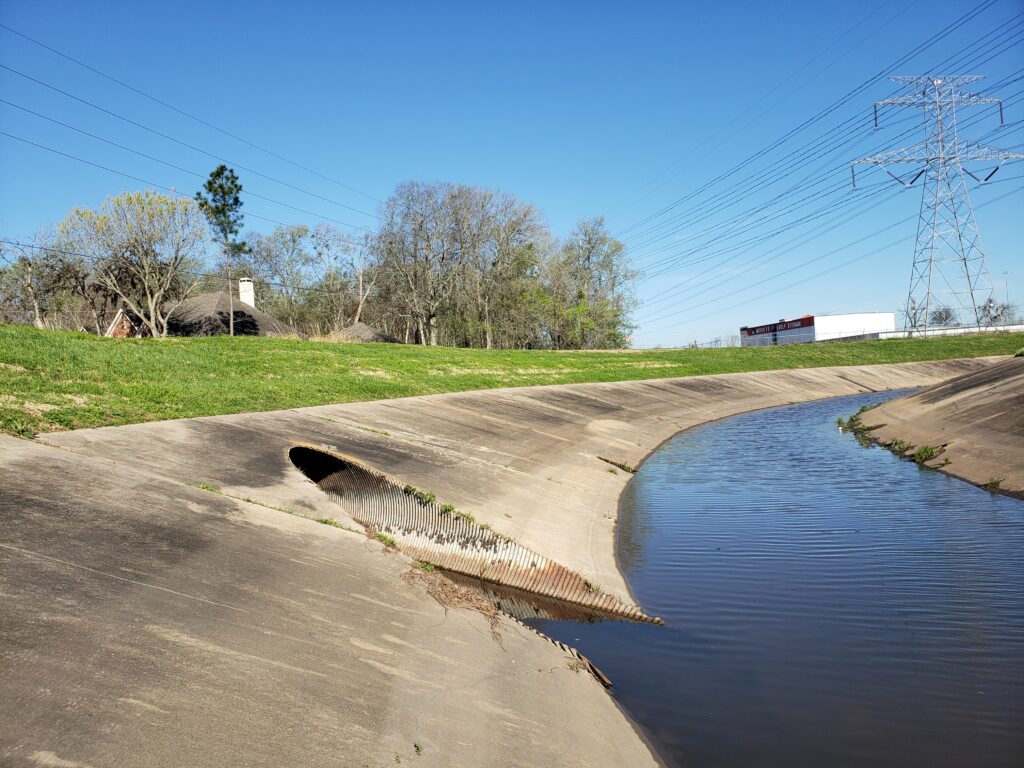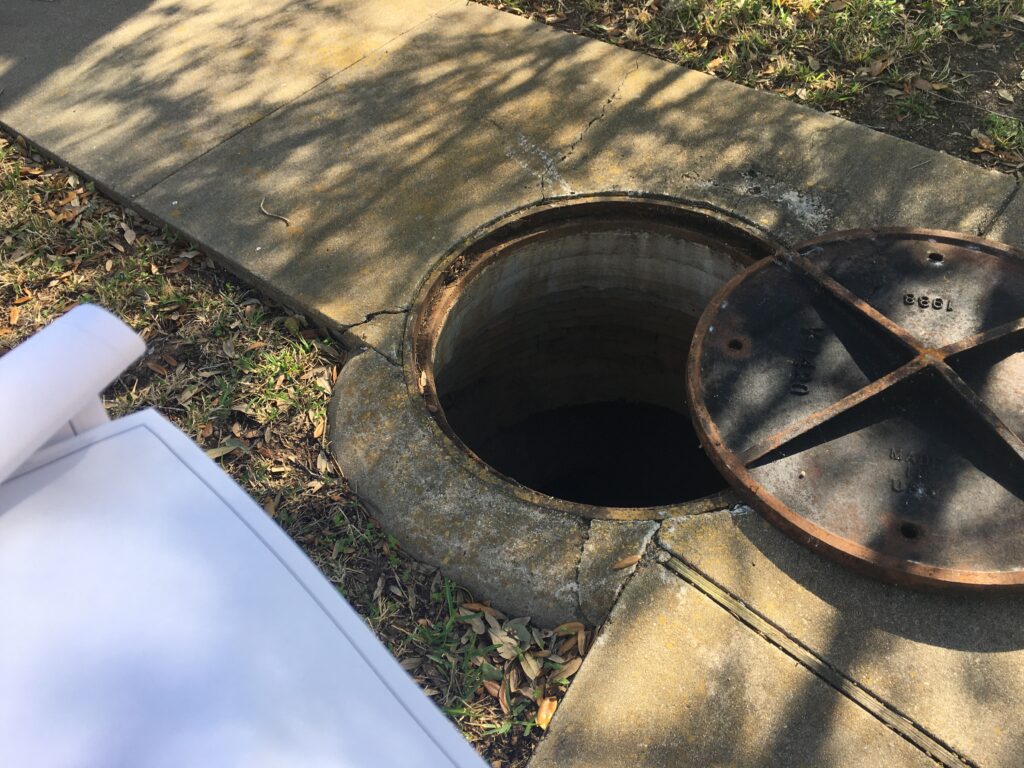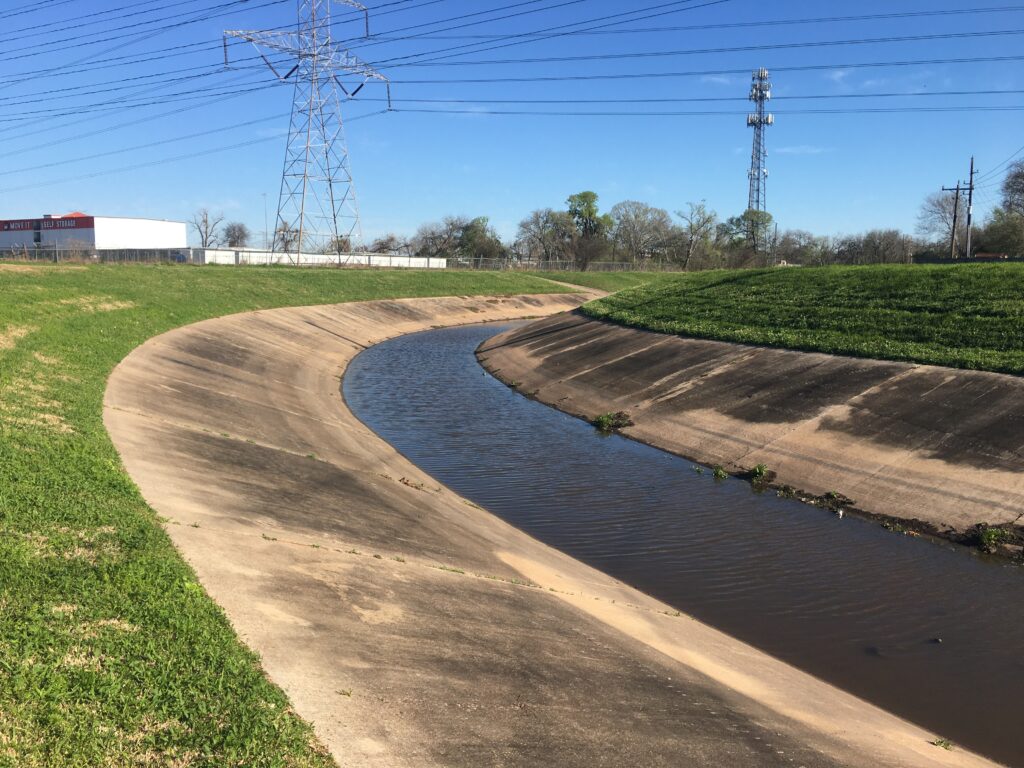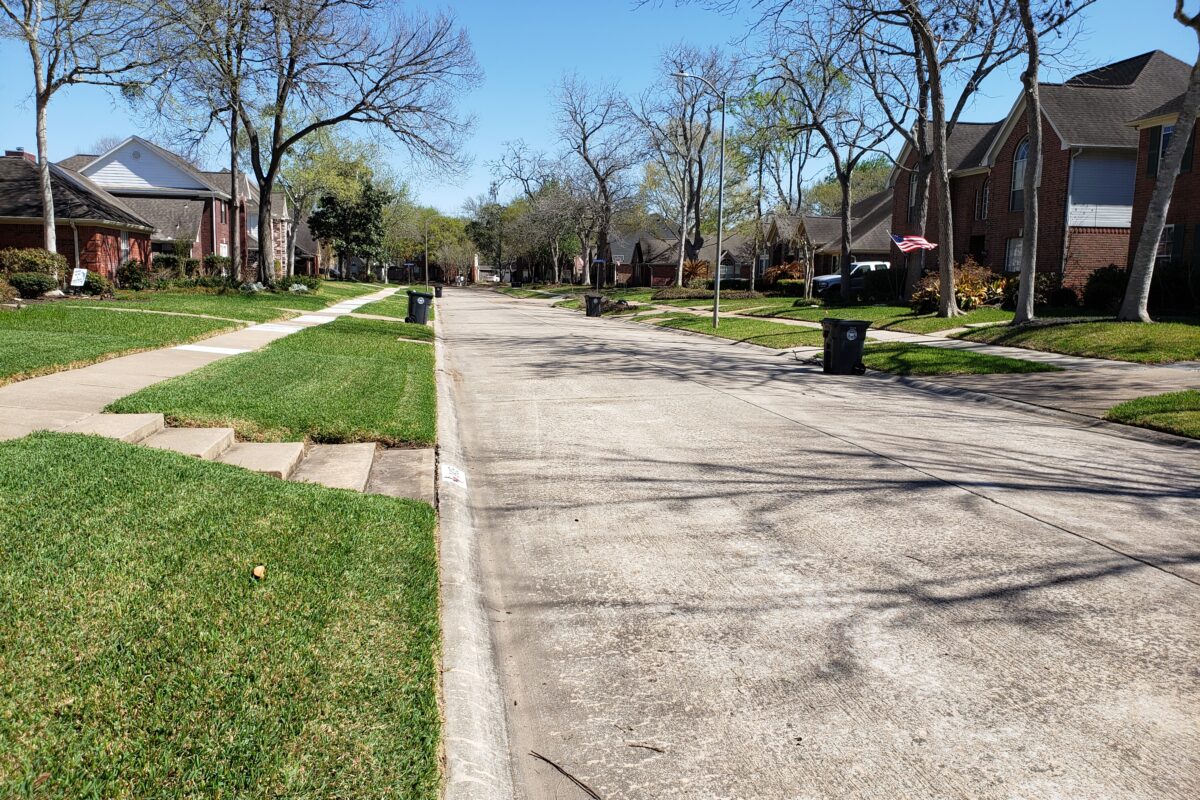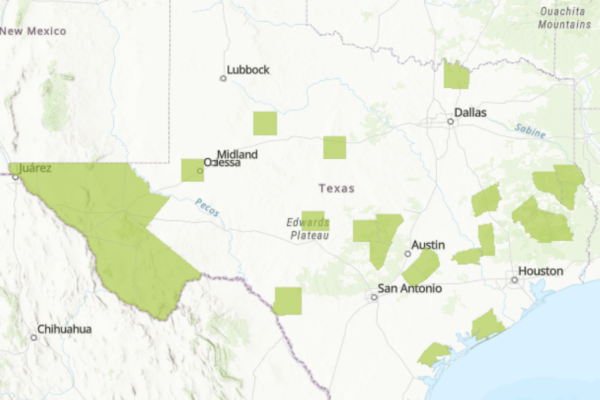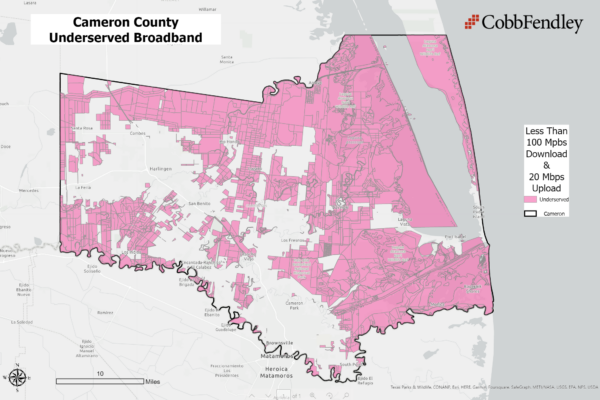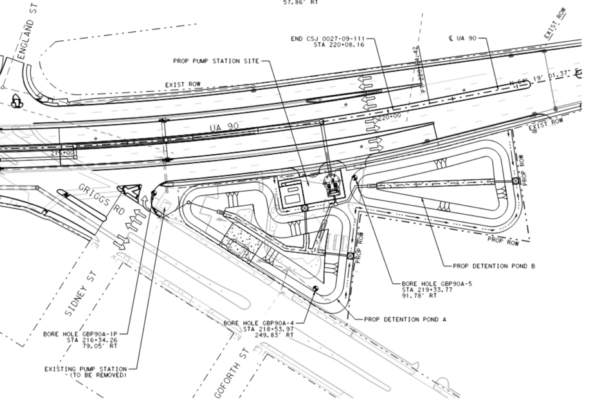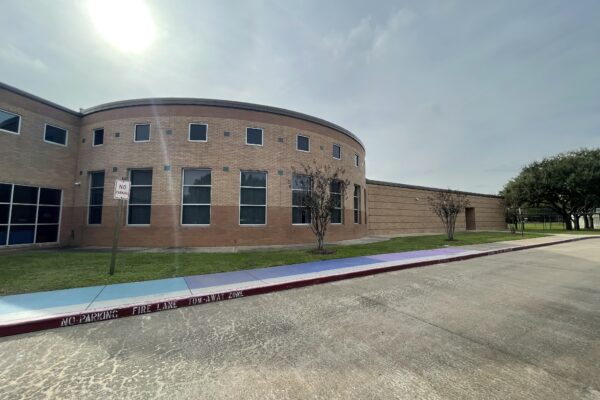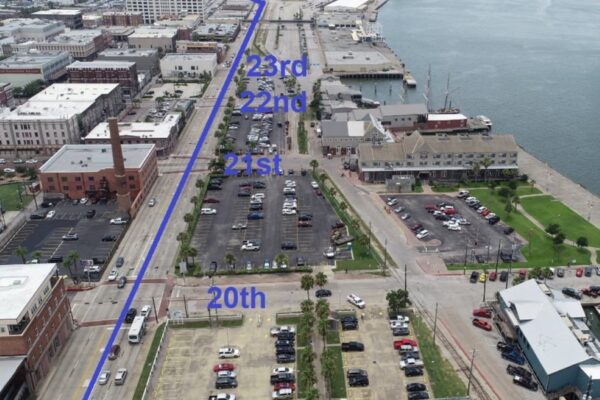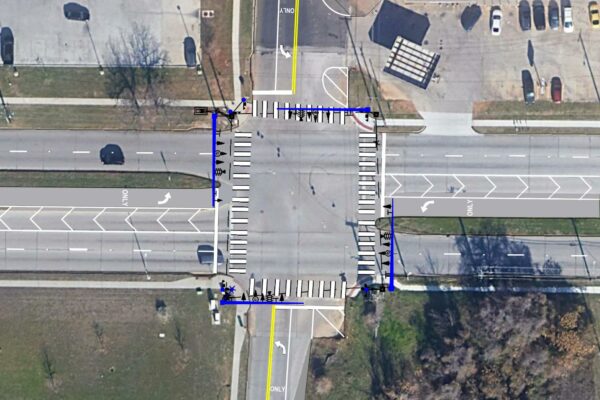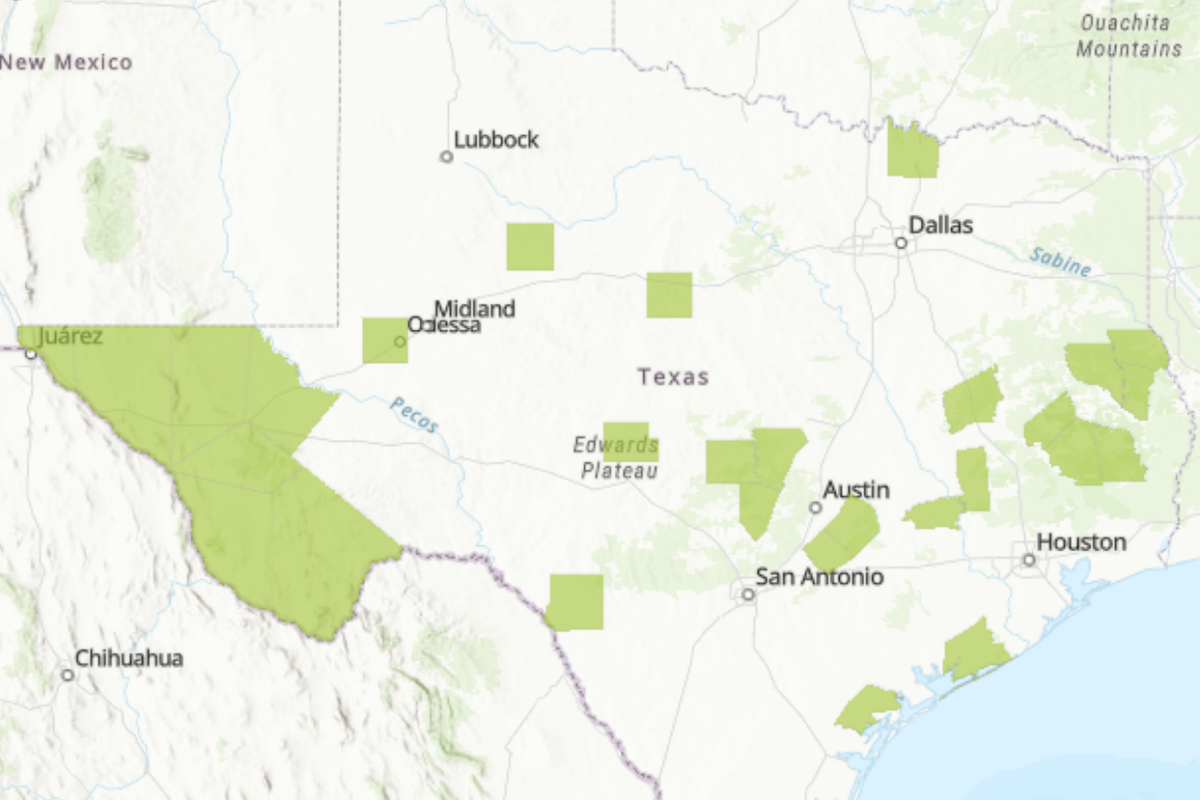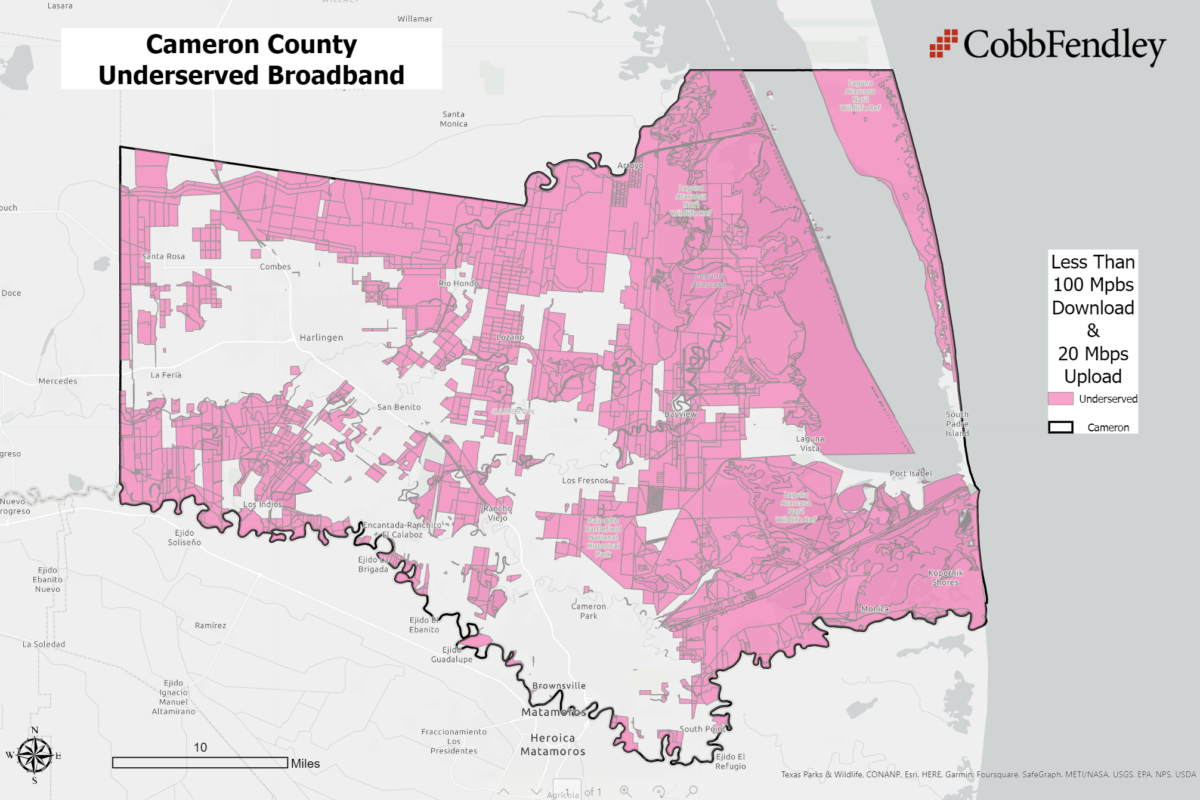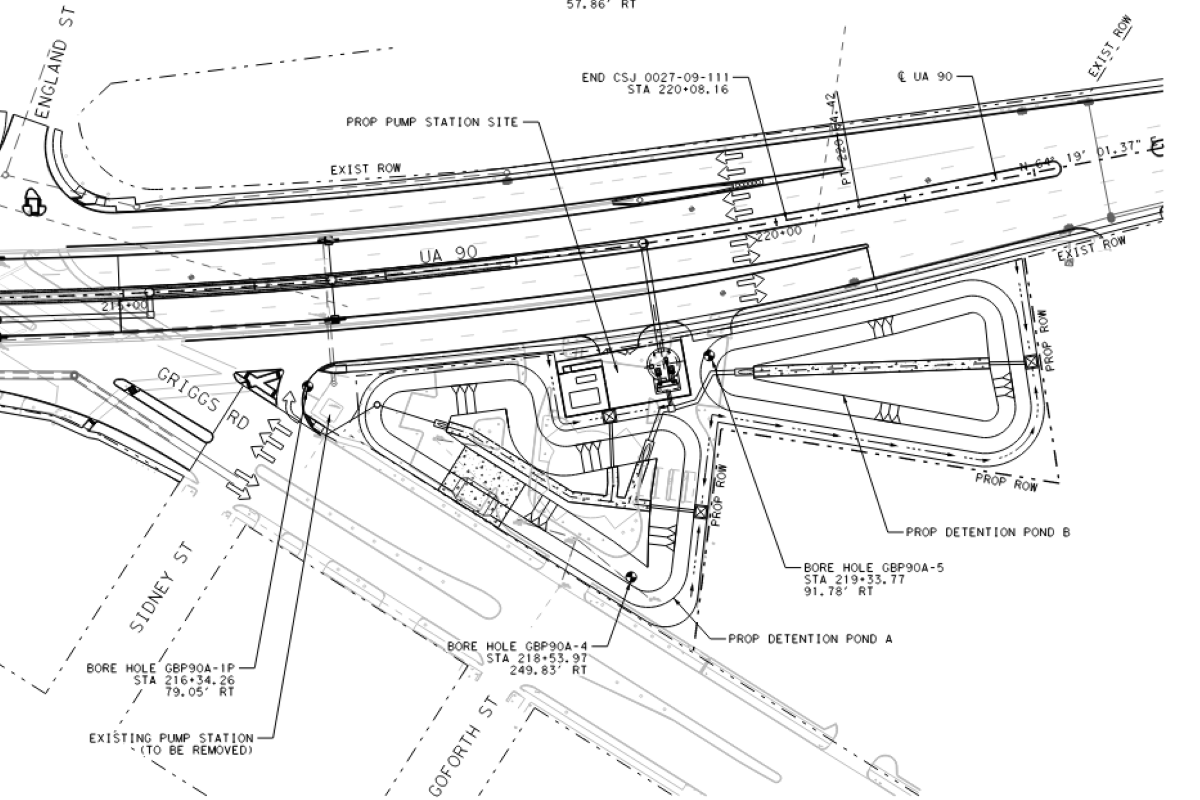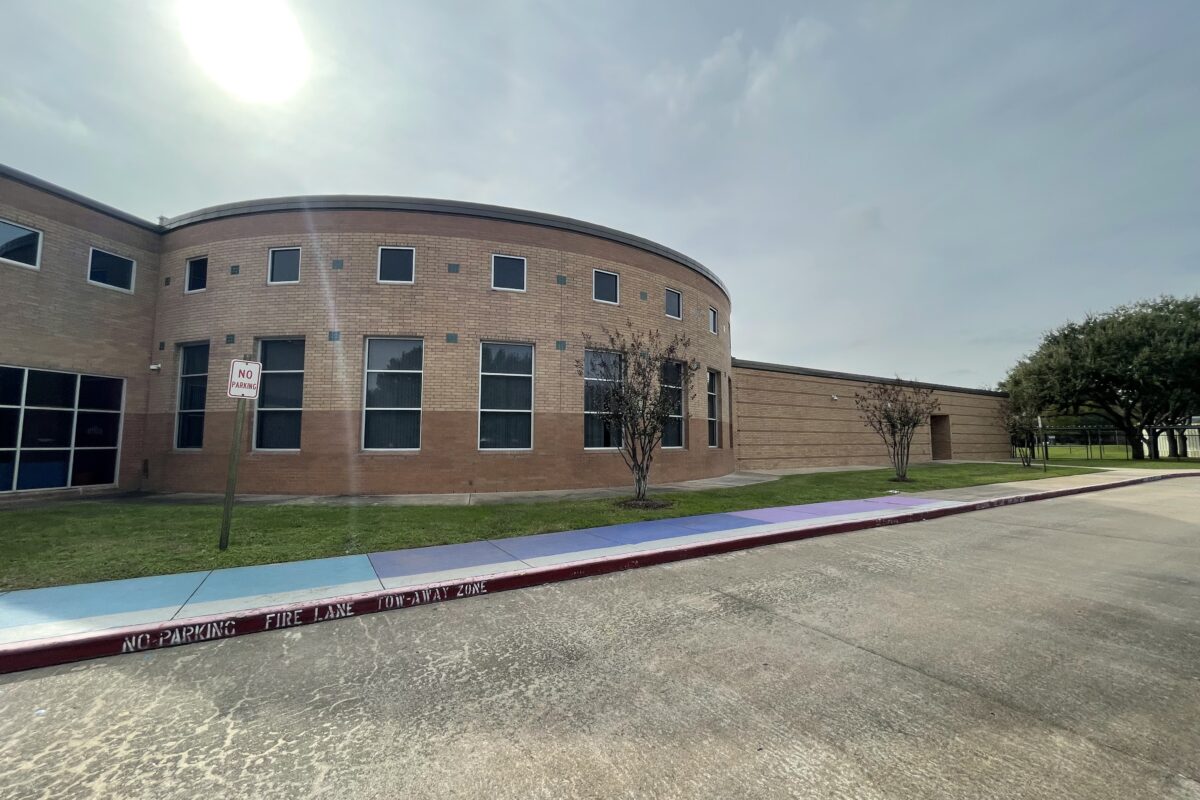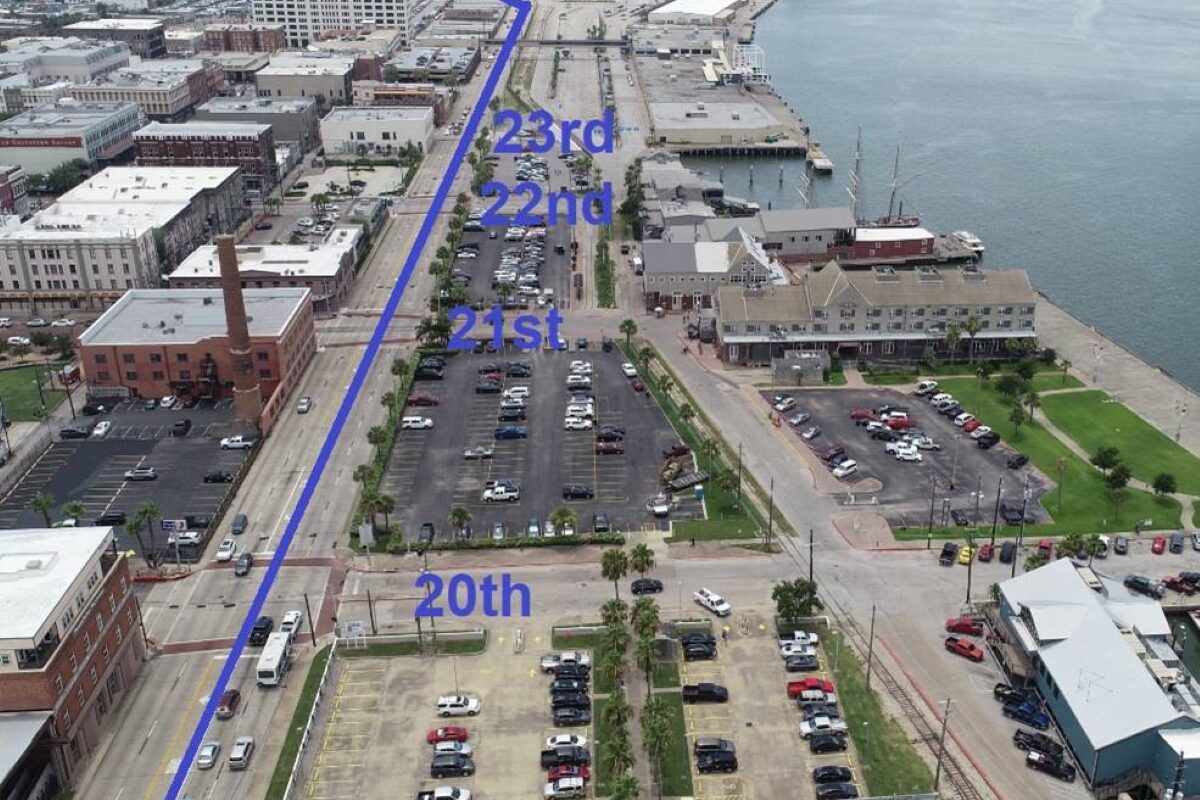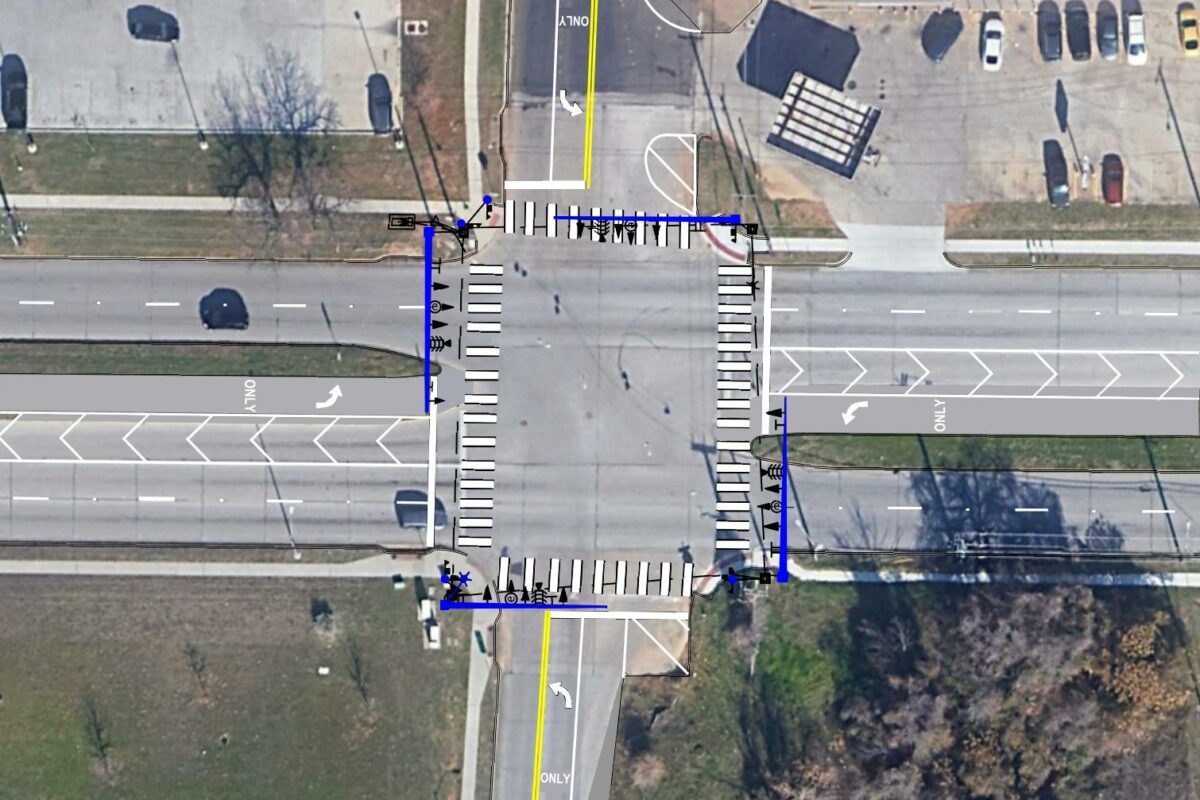Greatwood Village Drainage Improvements
Location
- Sugar Land, Texas
Client
- City of Sugar Land
Disciplines Provided
CobbFendley performed a drainage impact study for the City of Sugar Land in the Greatwood Village Sections 1 & 2 subdivisions to analyze the existing storm sewer infrastructure within the neighborhood, to identify drainage appurtenances with inadequate capacity to convey the 2- year Atlas 14 rainfall event and recommend changes by designing a proposed condition underground storm sewer system. The existing drainage infrastructure within the neighborhood outfalls into Middle Bayou prior being conveyed to the Brazos River. The functionality of the existing storm sewer system was analyzed using a dynamic XP-SWMM model to provide a baseline to compare against proposed drainage designs.
The Existing Condition analysis performed with this study included an inlet analysis, a storm sewer system analysis and also a study of the receiving stream – Middle Bayou. Through the Existing Condition analysis, it was determined that because of the nonstandard type inlets used the majority of the storm water inlets on the western side of the neighborhood
were undersized to convey the 2-year Atlas 14 rainfall event but the majority of the inlets on the eastern side of the neighborhood were appropriately sized. However, it was also determined that as soon as the inlets became partially clogged; the inlets quickly lost conveyance capacity and could no longer function properly. As such, it was recommended that all inlets in the neighborhood be removed and replaced with standard Type-C inlets as identified in the City of Sugar Land Design Standards Manual.
The Existing Condition storm sewer analysis identified portions of the Alderwood Storm sewer system which was undersized for the 2-year rainfall event. The previously constructed storm sewer sizes were generally close to the correct size; however, the collected survey data and measure downs for the storm sewer system indicated that significant settlement has occurred since the storm sewer system was constructed and is no longer capable of functioning at the intended level of service. As such, a new storm sewer trunk system was designed for the Alderwood storm sewer system.
In addition to the storm sewer analysis, an analysis of Middle Bayou was also performed to identify the functionality of the channel in its two primary states of operation: during gravity flow and in the pumped condition. The existing outfall structure is comprised of 3-12’x12’ RCBs and also has flood gates and 4- 16,000 gpm pumps. LID #11 has informed the City that they are preparing to install an additional 4- 22,500 gpm pumps which would increase the pumping capacity to a total of 154,000 gpm; therefore, an additional Middle Bayou XPSWMM model was created to analyze WSEs within the channel after the improved pumps are in place. Results from the Existing Condition Middle Bayou analysis demonstrated that in the gravity flow scenario, Middle Bayou has the ability to convey the calculated 100-year flow to the Brazos River with some ponding occurring within the neighborhood. However, once the gates close and all of the pumps are running, localized flooding occurs within the neighborhood. Once the channel has exceeded its capacity, the storm sewer systems within the neighborhood are considered to be no longer functional since they will be unable to convey flow until WSEs in the channel recede.
Construction of recommended improvements within the subdivision was divided into two individual phases. Phase 1 is removal and replacement of all inlet structures within the neighborhood which is outside the areas associated with storm sewer replacements, and Phase 2 is construction of the recommended improvements along the Alderwood Dr storm sewer system. Through this analysis, it was determined that no adverse impacts occur for the 2-, 10-, and 100-year rainfall events if the improvements recommended in this drainage study are constructed.
